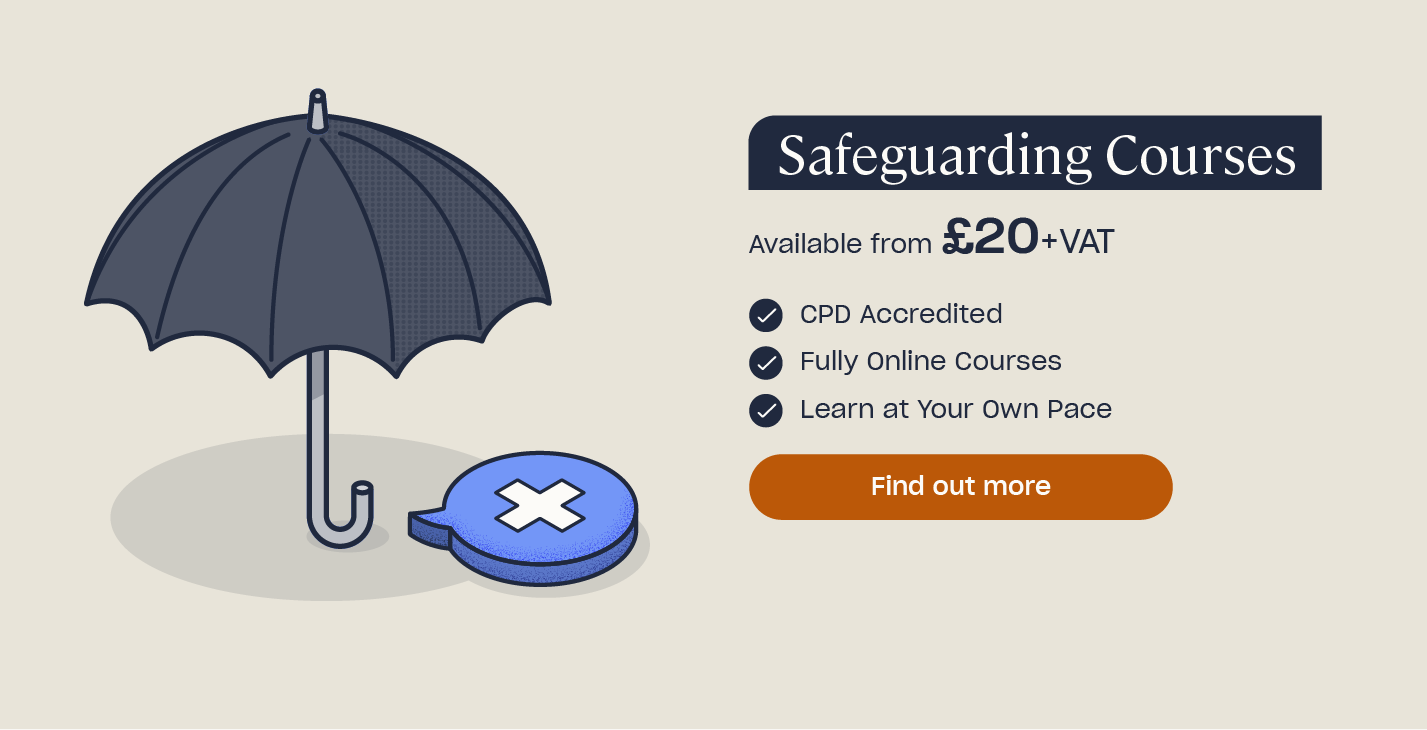Marking Symbols: A Guide for Primary School Teachers
This guide can help you implement a symbol marking system in your classroom. We’ve designed the guide for primary schools, but you can easily adapt it for a SEN or secondary education setting.
Marking symbols are a set of agreed values between students and teachers. They are used to improve writing skills, make the marking process quicker, and make feedback interactive. Symbol marking works best with written work, like a story, especially if the task is a work in process.
So, when you mark a piece of written work, you could use a P to highlight punctuation issues or a C to show the student they need to add a capital letter. When you hand the marked work back, you allow your class time to consult their symbol guide and figure out how to improve their writing.
For example, if a child writes ‘I live Birmingham.’ Adding ‘Prep.’ (because the preposition ‘in‘ is missing) in the margins or near where it’s absent prompts the student to correct the sentence. This is a more constructive way of helping the student improve, rather than correcting it yourself, the student has to use your hint to think about how to remedy the sentence on their own.

Marking Symbols for Primary School
Effective feedback requires two components: confirmation and explanation.
In other words, students need to know what is wrong and how they can correct it. Our symbol marking guide is effective because it does just that.
If you’re keen to try symbol marking, we’ve created a blank PDF for you to download. Simply fill it in and photocopy however many you need for your students. Ask the class to stick it at the front of their exercise books for easy referral.
The guide is dual sided. On the front, your students can see the meaning of the symbol. The other side gives an example or hint that illustrates how to correct the problem.
Other Marking Strategies for Teachers
You don’t have to sit marking a pile of exercise books for hours on end.
In fact, if you find a method that works for you and your students, you may not have to take work home at all and could cut marking time in half.
Live Marking
Biggest benefit: research suggests that feedback is most effective when it’s immediate.
How it works: set your class onto a task and visit a few students individually to discuss their work as they are completing it. Since you’re giving feedback as the student works, it’ll be coming at the time that is most relevant to them (i.e. when they’re working).
You might want to target students who you know need extra help, and if you begin to spot a pattern after visiting a few students, you can stop the class and discuss the issue. This way the immediate marking benefits the entire class.
Find and Fix
Biggest benefit: students ‘play detective’ to enhance their critical thinking skills.
How it works: With ‘find and fix’ marking, you don’t tell students what is correct or incorrect. Instead, you tell students the number of answers or areas that need improvement. You then give the class time to find and correct their mistakes. You can do this in a group or as an individual task.

Peer Assessment
Biggest benefit: it encourages tact and gets children to engage with their peer’s work (and consequently, reflect on their own).
How it works: provide the class with criteria for thinking about the strengths and weaknesses of a piece of writing. Give a set of objectives that the work should meet and keep them up on the whiteboard or projector. For example, if the writing aims to persuade, write down a series of methods that your students might use to ‘write to persuade’. This provides focus to the peer assessment. Set your students the task of giving three constructive comments for their peers.
Once you have defined marking guidelines for your class, you must also establish a supportive environment. One way to do so could be to put together a book and at the end of the project publish the book for parents and other classes to see. An end goal like this creates a sense of community (a bit like a writers workshop) to help students interact with each others’ work carefully and constructively.
Finally, you need to give your students feedback techniques. This helps children develop tact and is a brilliant skill for later life. One technique is the contextual statement (I liked… because…) or an interactive question, such as ‘Could you try…?’ or ‘Next time, why not try…?’
Self-assessment
Biggest benefit: students begin to think critically, proof read and edit their work.
How it works: give your students an opportunity to assess their work before they hand it to you. Then, look at the work with the student and discuss the comments and adjustments they’ve made and suggest further areas for improvement.
If there’s a marking strategy that you love, leave us a comment to spread the word!
What to Read Next:
- Electrical Safety for Kids: A Teachers Guide
- Food Hygiene Worksheets for KS1,2,3 Children
- Environmental Awareness for Children: Ideas for Children











